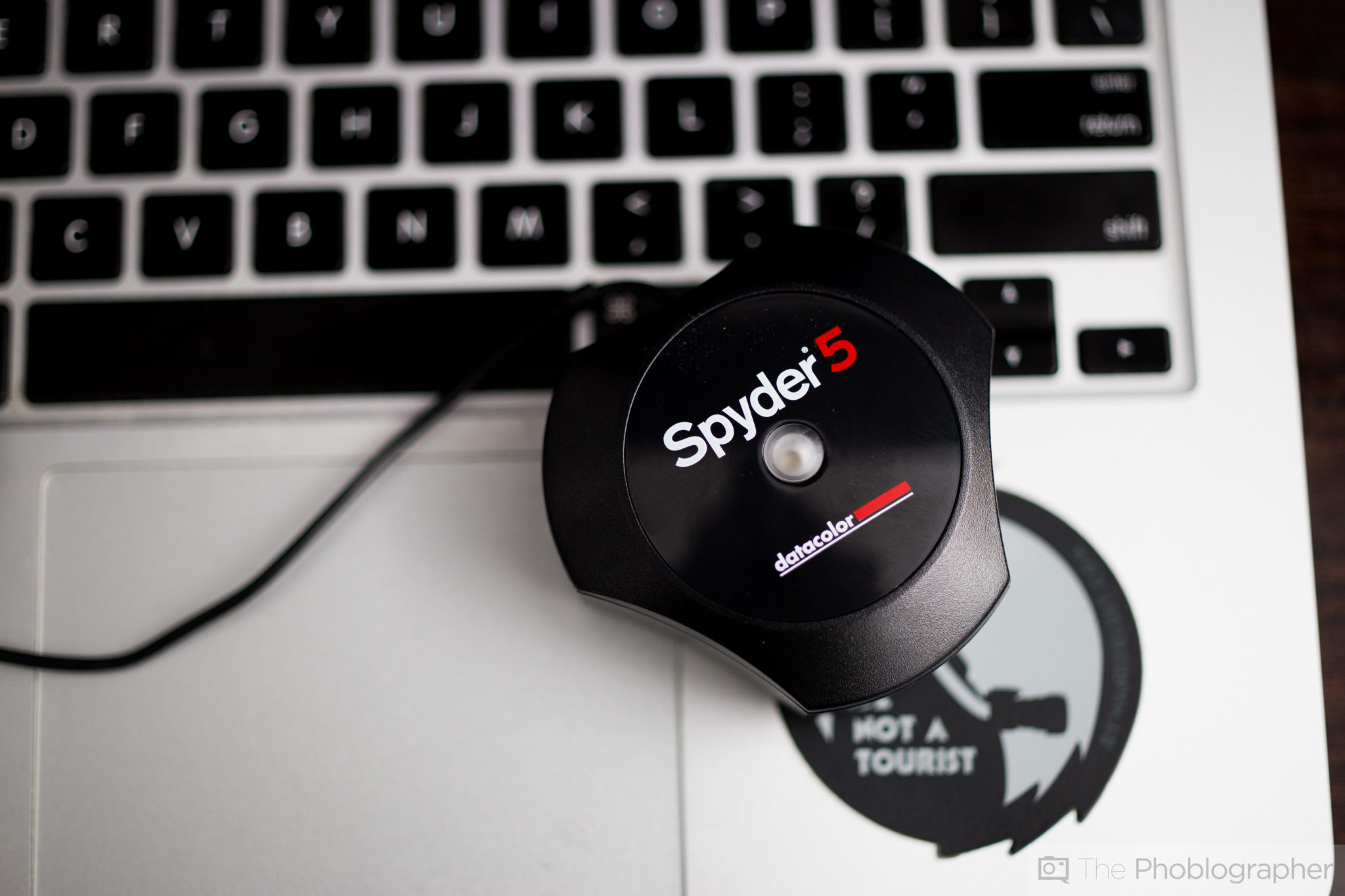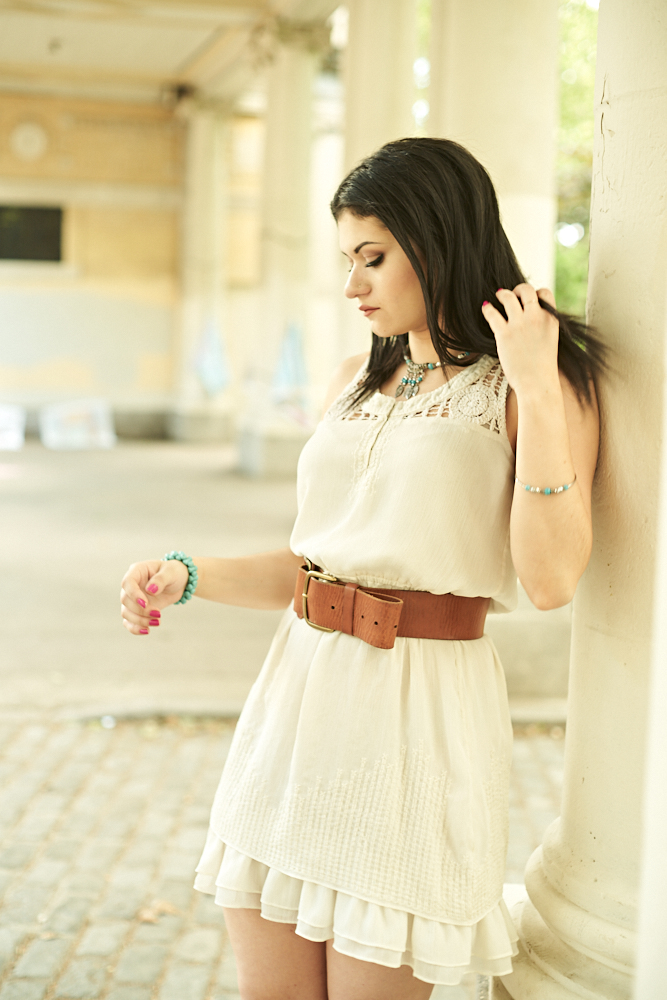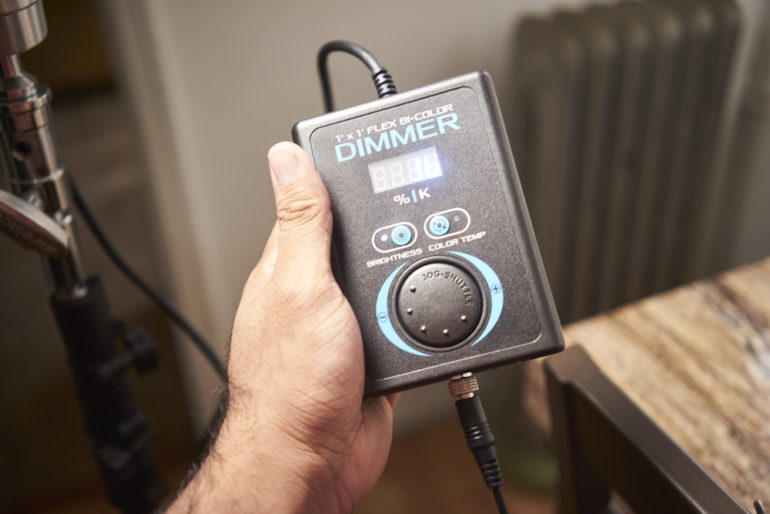Last Updated on 08/23/2017 by Chris Gampat
When you get to the idea of calibrating your monitor as a photographer, chances are that so many photographers stray away from it simply because they don’t understand it. But calibrating the monitor that you’re editing on or at least editing in the same spot over and over again will really help you not necessarily create better photos, but create more consistency in the photos that you put out. In earlier times, it wasn’t as important simply because everyone had different displays. But these days, most photography is consumed on a mobile screen and therefore the screens are typically all balanced in the same ways when it comes to color. So ensuring that you get consistent color accuracy across the board makes a whole lot of sense lest you get weird shifts in your colors.
Why Do Photographers Need to Calibrate Their Monitors?
So let me explain how calibration works and therefore also explain why you need to do so. In my office within my Brooklyn apartment, I’m currently editing this piece on a large BenQ 31 inch monitor with barn doors on either side. The light in the room is a special daylight balanced lamp that I own, I got two windows with shades down and black see-through curtains, and on my left the door is open with the windows from my living room adding some extra light.
Does this sound like your editing setup? Probably not.
What I used to do is have my desk in the living room with window light coming from the side. Then I had this current room that I’m in, which used to be my bedroom and that had a blue comforter on it. The blue comforter surely added some color cast to my photos. But now, I typically wear a black or white shirt as I edit in a room that is mostly colorless with the exception of white and brown.
So why does this matter? When you’re editing, all the colors and light around you affects the way that you see and the way your monitor appears to you. Your eyes are always trying to find a neutral white balance area. But that neutral white balance probably isn’t what someone else’s is at when they’re looking at your images on their phone or their computer.
Essentially, it’s so that you can deliver the same viewing experience everywhere.
Who Needs to Color Calibrate Their Monitors?
Ideally, everyone should color calibrate their monitors of their computers. But this can also be a great argument for editing on your tablet or your phone simply because the color temperature and consistency is usually more accurate. Not everyone, for example is editing on a BenQ monitor or a MacBook screen.
Realistically, you should only really color calibrate your monitor if you’re really, truly adamant about putting your work out there on a consistent basis with any sort of seriousness. Essentially, if your photography has a means to an end like sales. Photographers, especially those who travel, often need to calibrate their monitors because the surroundings that they’re editing in change a whole lot. We’ll cover more of this later on.
With that said, if you’ve got no real intentions with your images, you can really stop reading here. But if you also shoot and edit in black and white, you may want to continue reading.
What Accessories Do You Use to Calibrate Your Monitor?
Apple says that their monitors have calibration built-in, but honestly they really don’t have vast amounts of it. Even some higher end monitors don’t. For years I’ve been using Datacolor’s Spyder products. They’re not that expensive and they’ll do a world of difference when you get down to editing. I’ve tried to work with products from X-Rite but I personally couldn’t throw my weight behind them due to the products and the software itself being difficult to use–but again that’s my opinion. The previous hyperlink has a number of Spyder products designed for photographers and at different price points. They’re worth it.
How Often Should You Calibrate Your Monitor?
How often you calibrate the monitor of your computer really varies. But before you do, you should let it warm up for at least 30 minutes. Ideally, you’ll calibrate it once a week if you’re editing in the same location over and over again. But if you’re traveling, then calibrate it every time that you move to another location.
Here’s what affects the way that you look at your monitor:
- Window lighting
- Trees and plants
- Colors
- Your desk color
- Your floor color
- The Color of your wall
- The color of your clothing
- The time of day or night
- The brightness of your display
And those are just some of the factors.
How Do You Calibrate Your Monitor?
Essentially, all the options out there are plug-and-play. You simply follow the on-screen instructions and they work via USB. But when you calibrate, I strongly recommend sitting in front of your computer, wearing a black shirt and sitting as still as possible while it calibrates so that the screen can be adjusted correctly.





